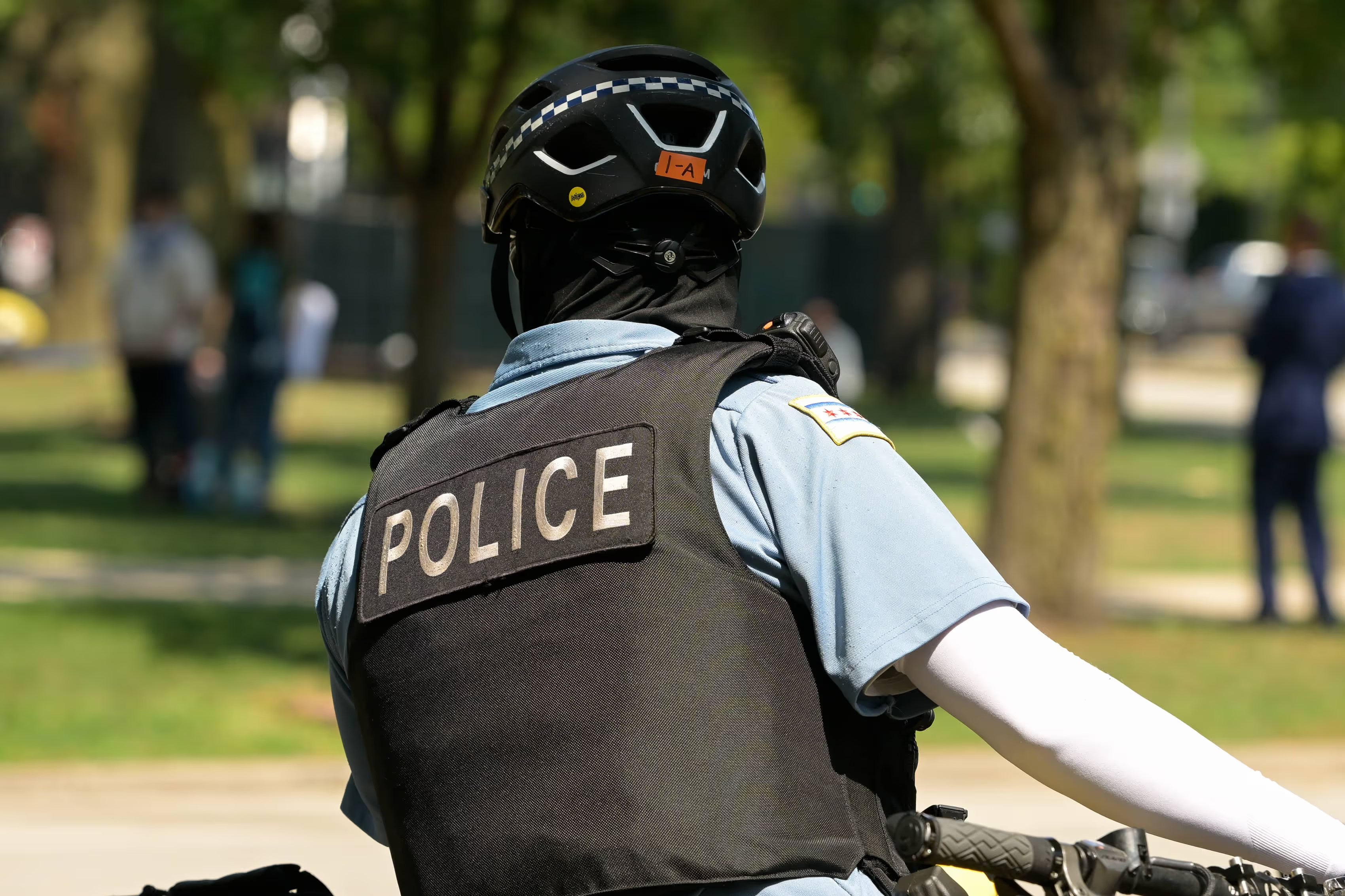The public has a right to accurate crime statistics
Crime data, also known as crime stats, are highly touted in America, and, unfortunately, too often, the data needs to be corrected. This essay will focus on crime statistics and why they should be viewed by the public with skepticism. Numerous government agencies use crime statistics for various purposes, including law enforcement; law enforcement uses the data to help with budget resource allocation planning and other areas to help fund the department and prioritize patrol. Outside government agencies, other organizations and individuals that use crime statistics or rely on them heavily are researchers, legislators, news medical organizations, chambers of commerce and tourism agencies, advocates, and the public.
Why do I say crime statistics are often misleading? The fact is that only some police agencies in the United States report crime data to the FBI. It has been widely reported that only 71 percent of U.S. law enforcement agencies submitted crime data to the FBI in 2022. One of the most contentious issues revolving around crime data is the need for its release to the public and other organizations in a timely fashion. Unfortunately, a lag is often associated with the disclosure of crime data to the public. This delay to have data prepared for distribution can often take up to as long as a year to a year and a half. In response to this excessive wait time, the FBI has announced that they are enhancing their software and staffing for the uniform crime report, and they should soon be able to put out statistical data every month, which would be a significant improvement to current trends.
Crime statistics are misleading. When I served as Chief of Police in Riverside, I would constantly witness other police agencies reporting lower crime than Riverside. These jurisdictions had much higher populations, significantly more activity, such as nightlife, bars, and other business entities that are often associated with higher rates of overall crime. When I would hold discussions on crime with colleagues in communities surrounding Riverside, they would constantly tell me in order to skirt reporting some crimes, their method was to classify violations under village ordinances rather than state-related criminal activities. For example: Many communities with large malls would change their reporting requirements for thefts, retail thefts, and other crimes on mall property to local ordinance violations that need to be reported to the FBI. Rather than charging an individual for retail robbery under the state statute, the individual would face retail theft charges under a local ordinance, which is not required to be reported to the FBI. This does not mean that these agencies were engaging in deception; however, it does mean the reporting agencies were walking a fine line between reporting accurate crime data or not.
Crime data can be misleading for numerous reasons. Among the most common explanations for evasive crime data are fewer citizens reporting crime, police officers making fewer arrests and generating fewer reports than in years past, or some agencies simply declining to report data altogether. Moreover, there is no penalty for police agencies that decline to report their crime data. Though the federal government reserves the right to impose penalties on law enforcement agencies that do not submit crime data — primarily the withholding of federal policing grants — the federal government rarely, if ever, takes this step.
Inaccurate crime data can also affect our policymakers' efforts to improve public safety and the criminal justice system, potentially leading them to miss the mark on addressing real community issues. In one recent instance, the FBI revised crime data it originally released for 2022. In its amended report, the FBI admitted it missed 1,699 murders, 7,780 sexual assaults, 33,459 robberies, and 37,091 aggravated assaults. If you consider the data that all police agencies in the U.S. are not reporting, there is a problem with the uniform crime reporting system nationwide.
There are consequences to distortions in crime data. Accurate crime statistics is critical to our way of life in the United States. The public often uses this data to measure accountability for law enforcement and the criminal justice system. We need to make sure we get it right all the time, every time. This should begin with the federal government holding police agencies to account should they tender crime data inaccurately, are overdue or do not furnish data in a user-friendly manner.
Let us face it: If given the opportunity, many communities would lower their crime data to make their community look safer and more attractive to visitors. I am stating for the record, this serves no purpose. The public deserves to be able to make their own decisions about safety, and the only way you can choose how to make your life safer for you and your family is to have accurate crime data released in a timely fashion. Anything else is just "data dump garbage."
Tom Weitzel retired from the Riverside, Illinois, Police Department in May of 2021 after 37 years in law enforcement and 13 years as Chief of Police. Opinions are his own. He can be reached at tqweitzel@outlook.com. Follow him on X @chiefweitzel.

